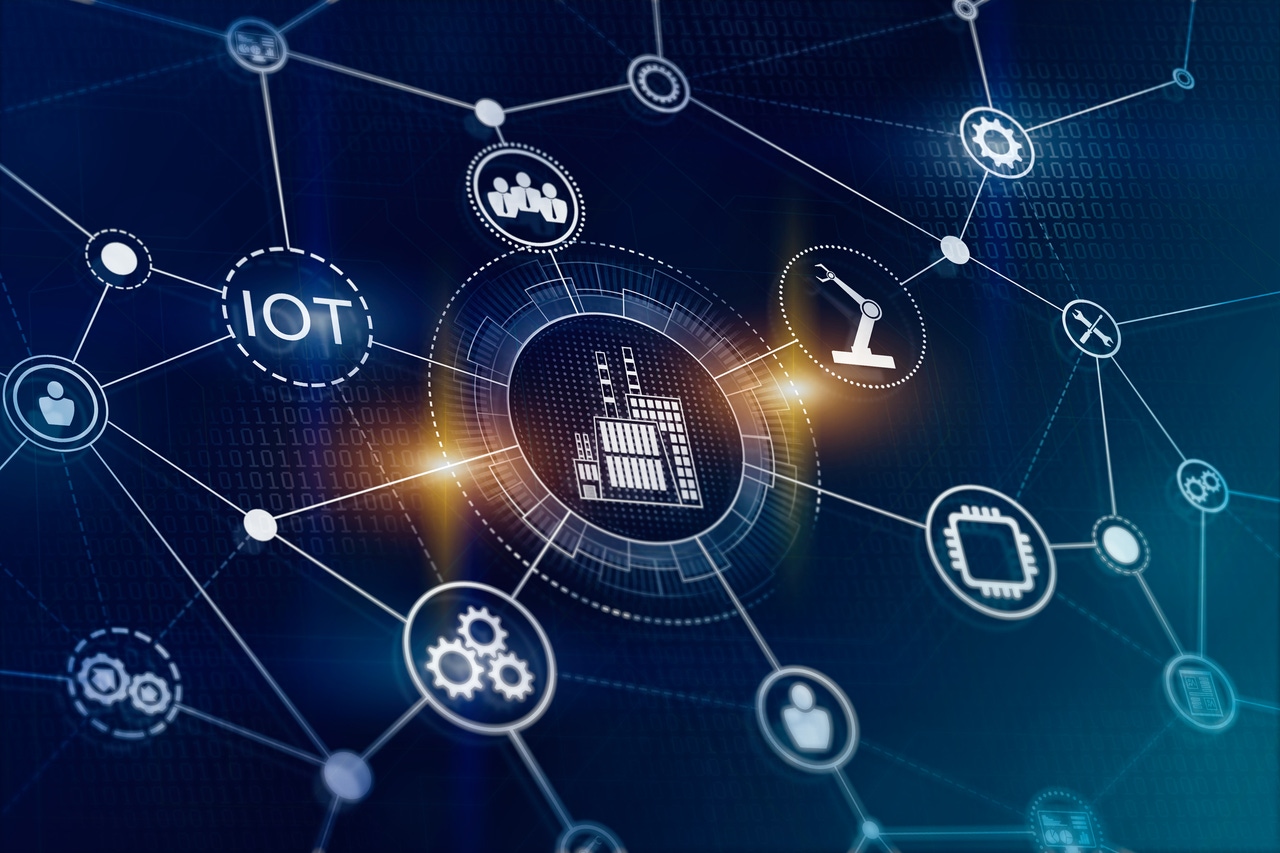How Ambient IoT and Generative AI Can Make Products TalkHow Ambient IoT and Generative AI Can Make Products Talk
Data from connected devices can give businesses and consumers an unprecedented understanding of the world around them

It’s not often that two synergistic, paradigm-shifting technologies mature at the same time, yet both generative artificial intelligence and the ambient Internet of Things are ascendant. These symbiotic advances are poised to reinvent industries, protect public health and help fight climate change.
Let’s start with generative AI, which gets all the headlines (and investment) but is already experiencing growing pains. The large language models (LLMs) that underpin generative AI applications like ChatGPT and Microsoft Copilot learn by training mostly on publicly available data — news, information, social media — or licensed sources.
Some datasets are combined or repurposed to create new training data and they all need appropriate cleaning and analysis to filter out bias, noise and low-quality information. Virtually all the data is human-generated and while some is agreed fact, much is subjective and sometimes false, leading to generative AI “hallucinations” that ultimately undermine users’ trust in generative AI technology.
By some estimates, today’s generative AI could run out of training data as early as 2026. Then what? There’s plenty more untapped data to drive innovation, especially if tomorrow’s generative AI evolves into something different from the generative AI we think of today.
Today’s generative AI is a consumer AI solution, even if consumers use it for work tasks, like creating presentations or summarizing online meetings. Tomorrow’s generative AI is an enterprise generative AI, focused on creating value for organizations in very specific areas, like improving healthcare outcomes, optimizing vaccine delivery, or tracing possible contamination through food chains. This enterprise-class generative AI requires enterprise LLMs – and new, trusted enterprise datasets now being created through ambient IoT.
Ambient IoT Data Augments LLMs
Here's a good way to think about enterprise generative AI and the data required to enable it. If a supply chain manager wants to use today’s generative AI to optimize a supply chain, they may enter a: “How do I?” prompt into an existing chatbot to receive informed answers based on existing LLMs.
With enterprise generative AI, augmented by ambient IoT data, the same supply chain manager can ask how to optimize their supply chain, based on data about their suppliers and the real-time movement and handling of their products and materials through their distribution channels. In other words, the finite universe of existing information about supply chains is augmented with near-infinite ambient IoT data about the actual products and conditions in those supply chains. And the manager isn’t just asking the LLM for information, they’re asking products themselves questions like: “Where are you now? What’s your condition? How can I get you from A to B more efficiently, sustainably and cost-effectively?”
They can ask these questions of products in their supply chain because the ambient IoT knows the answers, based on vast amounts of data about trillions of everyday things.
Ambient IoT uses inexpensive, stamp-sized, self-powered compute devices affixed to products, packaging, containers, crates, pallets and more. These communicate data through Bluetooth — automatically and without human intervention — to the cloud, where businesses can analyze information like location, temperature, humidity and carbon footprint.
From Real-Time Product Data to Insights to Generative AI
Through machine learning, an ambient IoT platform turns data into insights, such as: “The pallet isn’t where it’s supposed to be,” or: “The case of produce was kept too warm for too long.” Then, as ambient IoT merges with generative AI, businesses can integrate the resulting data and insights into new or existing LLMs to generate answers and fresh information and to power enterprise-class generative AI that’s tailored to their specific industries, processes and desired outcomes.
Most importantly, the data that ambient IoT generates is objective and the insights are safe from so-called hallucination. For example, a product — as sensed and traced through the ambient IoT — is demonstrably at a location – a supplier, distribution center or retailer, for example – or it isn’t. It’s being handled at a measurable temperature and humidity, or it isn’t. It is taking the shortest route to a store or consumer, or it isn’t.
Based on objective data and insight, combined with unambiguous enterprise policy, it’s objectively where it needs to be, safe to consume or administer, in the case of pharmaceuticals, or meeting sustainability commitments by minimizing its carbon impact. When a supply chain manager asks an enterprise chatbot about the products they’re responsible for, they can trust the generative AI-generated answers.
Ambient IoT + Generative AI = Talking to Products
Combining the potential of generative AI and ambient IoT addresses the question: “What if products could talk?” Could a grocer, for example, ask a chatbot which crate of milk is freshest? Or which boxes of produce are safe? Could another retailer ask which shipment of goods has the smallest carbon footprint and then ask those goods to explain why?
Eventually, businesses can make their enterprise LLMs available to consumers so individuals can talk to products. Using a smartphone app, a consumer could ask a grocery chatbot for a recipe of only the freshest ingredients in a store. Or ask a display of strawberries about the farm where they were grown. Or ask an article of clothing to explain its origin story and carbon impact.
Ambient IoT gives businesses and consumers visibility into everything around them. By combining data and insights from trillions of everyday things with generative AI LLMs, it’s possible to create more powerful, more knowledgeable and trustworthy chatbots and ask them literally anything.
About the Author
You May Also Like






